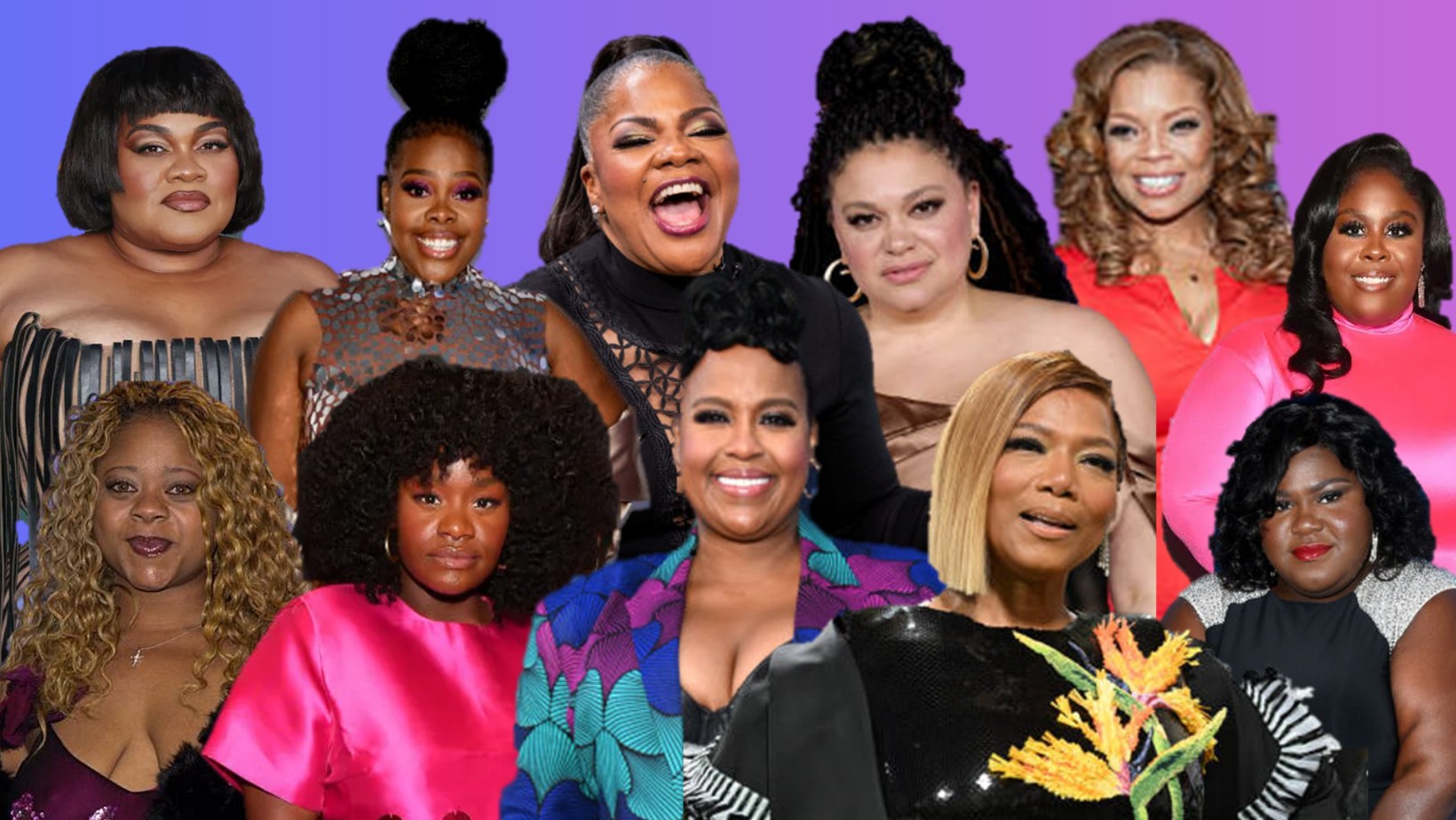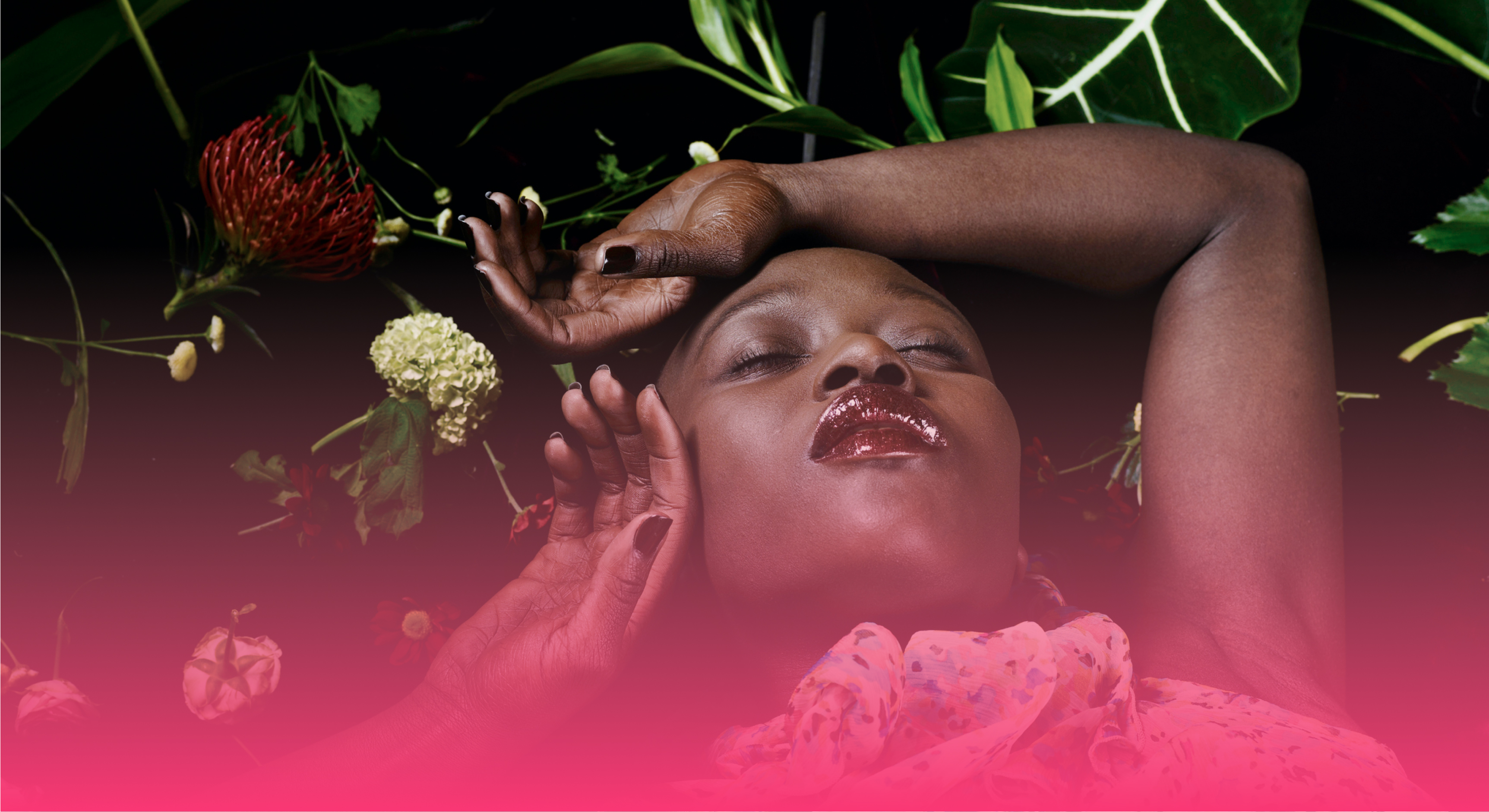Our Ancestors Did It First: How Natural Ingredients Shaped Beauty

The simple act of creating something from nothing has been the catalyst for using everyday household products beyond their regular purposes. In fact, beauty hacks that are revered today were often put in place by the ancestors who had nothing else to use but remained committed to looking their best, as some even call it, casket sharp.
From skincare rooted in survival to multi-purpose products, those who came before us used ingredients from the earth as a means of protection against environmental factors, or in spiritual practices to shield against negative spirits. Today, ingredients such as African black soap, shea butter, and baobab oil are used throughout beauty items like shampoo, conditioner, moisturizer, and more, but it’s important to understand other ways they were incorporated by the ancestors for daily life.
As Maya Angelou once famously said, “You can’t really know where you are going until you know where you have been,” so Madamenoire has compiled a list of standard —and perhaps not so well-known — ways that natural ingredients were, and can still be, used to enrich our everyday lives. Moreover, it is essential to know this information to continue passing it down through future generations.
Natural Beauty Ingredients
This is just another example of how our ancestors did it first. Let’s explore the endless possibilites instilled in us by way of the ones who paved the way for us to enhance our beauty using natural resources from the earth. Just like many customs, they’ve been recycled for us to rightfully reclaim them as our own, because they are.
RELATED CONTENT: African Ancestry’s Dr. Gina Page On The Importance Of Black People Discovering Their Roots
African Black Soap
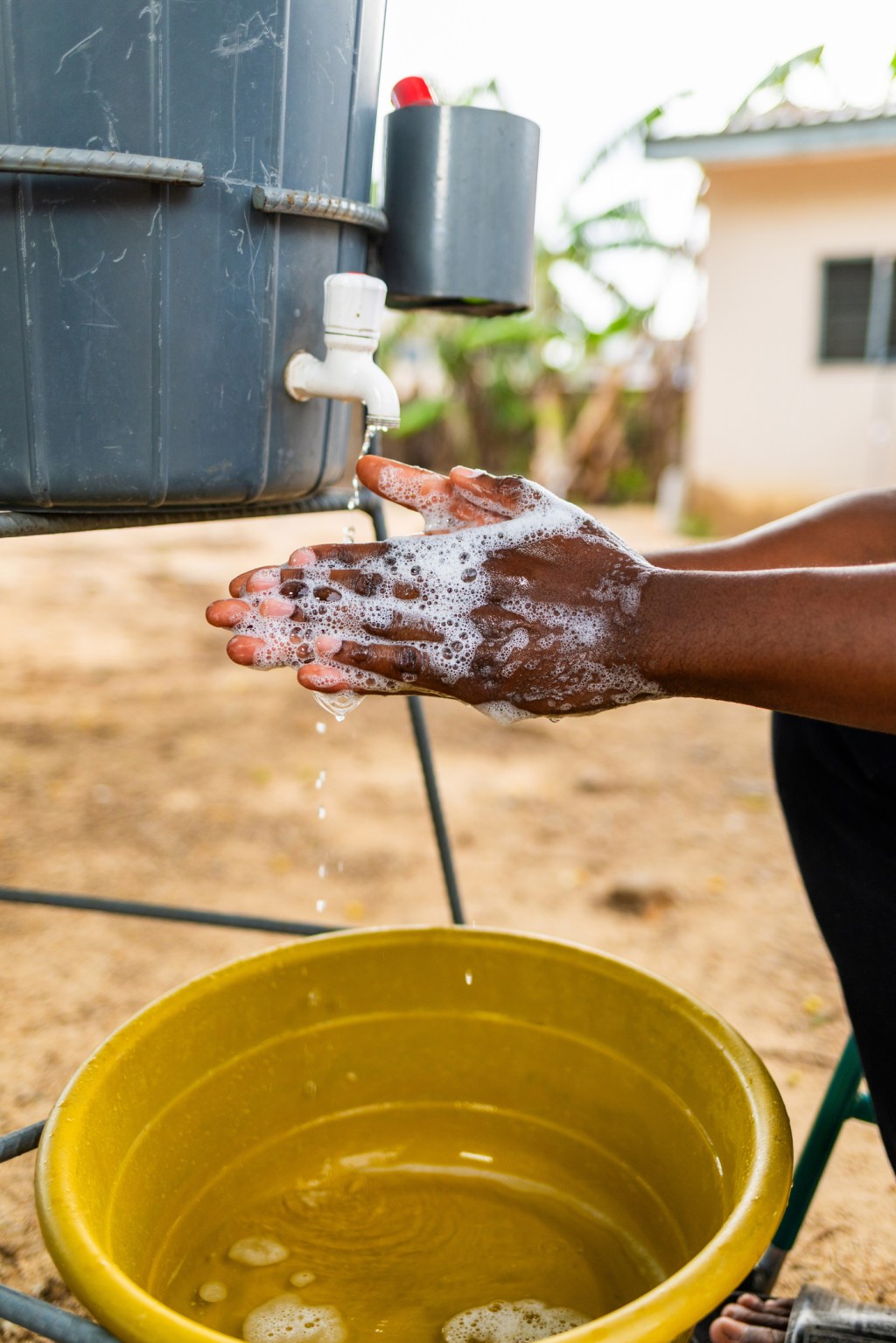
Handmade from the ash of roasted plantain skins, cocoa pods, palm oil, and shea butter, this staple originated in West Africa and was used as a gentle, yet effective soap helping to provide relief from skin conditions like acne and eczema.
In addition to cleansing, ancestors in West Africa often used this product for therapeutic purposes. The process of making African black soap is a traditional practice known to be passed down from mother to daughter within various communities.
The cultural significance of this far surpasses its external beauty uses. It was known to be traded across West Africa, and is believed to have originated in Nigeria among the Yoruba people, who reportedly introduced the product and its benefits to Ghanians.
Aloe Vera

Widely used as a natural remedy in Africa and other regions, the gel from this plant is known for its anti-inflammatory and hydrating properties. Many ancestors used it on skin against wound and burns. It’s knowledge for use comes from the combination of traditional African and North American herbalism.
Additionally, it was used as a laxative and digestive issues, and the Aloe Vera plant’s cultural and spiritual uses are common among cleansing rituals and its presence is believed to ward off negative energy.
Argan Oil

Dubbed as “liquid gold,” this oil originates from Morocco and is the source of many vitamins, minerals, and antioxidants. Many found it to be great for reducing signs of aging and improving skin and hair health, which continues to stand the test of time.
Beyond practical uses, Argan Oil was traditionally used among women’s cooperatives. Berber women extracted the oil by hand, helping to provide income and empowerment to local women. Moreover, this oil played a vital role in traditional rituals, often being given as a wedding gift.
Baobab Oil

Stemming from Africa’s “Tree of Life,” this oil is rich with vitamins A, D, and E, as well as essential fatty acids. With benefits passed down through oral tradition for centuries, it’s still making its way into the modern day, aiding in everything from healthcare to skincare, and serving medicinal purposes, including moisturizing the skin, healing wounds, and soothing irritations.
Like many oils in the African culture, baobab oil often held ceremonial and spiritual importance, and its extraction was known to be used to make necklaces.
Cocoa Butter

If you’re a Black woman who recalls a mother, grandma or auntie slathering your face and body with coca butter before church, or any activity, you’ve participated in a ritual that’s been passed down since the beginning of time. Derived from several parts of the cacao tree including the butter, bark, leaves, and flowers.
Beyond, helping your skin to glow and remain soft, cocoa butter, deriving from cocoa beans, its known to help reduce stretch marks. It was used for medicinal purposes as well, with its paste being used as a medium to mask the bitter taste of pharmaological additives.
In rituals and ceremonies, cacao was considered to be divine and used as a key component of ceremonial drinks, and marked status symbol with its beverages reserved specifically for nobility, priests, and other distinguished individuals.
Honey
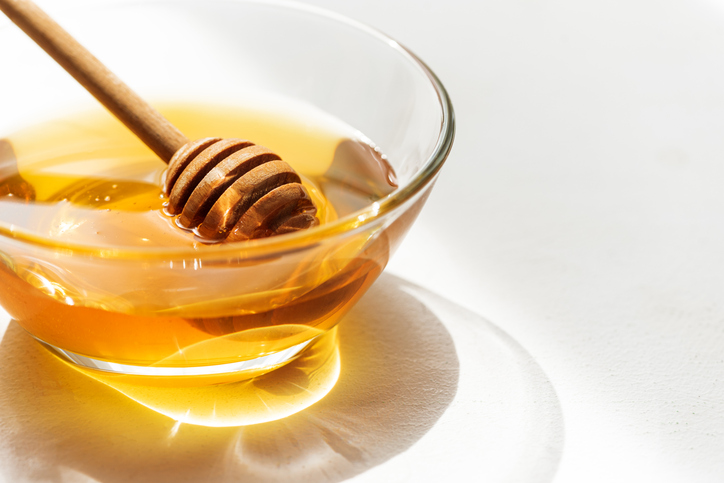
There’s nothing like a cup of tea with a spoonful of honey. It’s nourishing for the soul, and while it is known for consumption in beverages and orally through food, the ingredient has quite significant beauty uses.
Often mixed with other natural ingredients, like oil, honey has and continues to be used to create hair masks, helping to promote healthy, flowing tresses, while also helping to manage scalp conditions. Among the Yoruba and Ashanti people in West Africa, raw honey was used as a natural humectant to tackle dry skin, hydrate the skin, and provide a natural glow.
In terms of spirituality and rituals, honey was and still is used today as an offering to ancestors and deities throughout various rituals. Moreover, in early times, the ingredient was used during circumcision ceremonies in some Kenyan communities thanks to its medicinal and spiritual value. It is also used during marriage ceremonies in some cultures to symbolize a “sweet” union.
Moringa Oil

Stemming from what’s known as a “miracle tree,” due to its resilience in harsh climates and known use in daily rituals and traditional medicine, moringa oil can be used for everything from a skin protection to moisturizer, healing agent, and even perfume.
Healers in various communities also used crushed moringa seeds to treat skin ailments and infections, including ailments from high blood pressure, diabetes, and inflammation, and in spiritual and ritual practices with the tree it derives from, known to symbolize resilience and life, used throughout ceremonies and as an amulet.
Rhassoul Clay
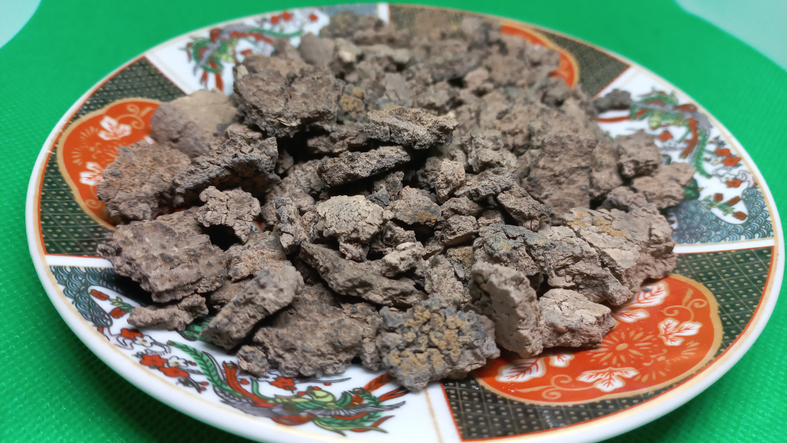
A mineral-rich clay, this product is from Morocco and was often used to detoxify and purify the skin, improving its texture.
The word rhassoul derives from the Arabic word rassala, which means to wash, so it’s common to find this product in cleansers for the body, face, and hair. When used as a detoxifier, rhassoul clay is known to be very powerful, drawing out impurities and excess oil.
Shea Butter

Shea Butter is an ingredient that is heavily promoted in beauty products for hair, skin, and more. Whether you’re shopping at your local grocery store or making a quick trip to the beauty supply, shea butter can be found in all shapes and sizes, but it has long been around before the ability to buy it on shelves was even a thing!
Heavily used to mositurize and protect skin from the sun, shea butter also was known to treat skin conditions, condition hair, and even used as a nasal decongestant. It was long viewed as a sacred symbol of healing and resilience among African communities.
As a staple in West African households, the ingredient was also put to use as a cooking fat and often substituted for other fats like the aforementioned cocoa butter.
Turmeric

Traditionally, African ancestors used turmeric as a remedy for snake and scorpion bites. Today, some of its key benefits include reducing dark circles, combating acne, psoriasis, and more.
When it wasn’t used as a spice or to color food, turmeric was utilized in religious ceremonies, often as a coloring for the robes of priests and monks. Women frequently applied powdered turmeric as a face mask for wedding and engagement ceremonies, and Black turmeric was carried for protection against evil spirits.
Watch “Rituals We Keep” from the 2025 Melanin Beauty Awards and get a closer look at the routines that shape our beauty.
RELATED CONTENT: Why We Eat Red On Juneteenth: The Powerful History Behind The Tradition
- Megan Thee Stallion’s Copper Hair Is Absolutely ‘Bonita’ In New Instagram Post
- Teyana Taylor Said What She Said, Claps Back At Divorce Commentary
- Quinta Brunson Files For Divorce From Husband Kevin Jay Anik: Here’s What We Know
- I Was Honored At The SuperMom Mission Gala With These Other Powerhouse Black Mothers
- Jonathan Majors Sheds Tears While Talking About He And Meagan Good’s Marriage













